Volume 171
Published on July 2025Volume title: Proceedings of the 3rd International Conference on Functional Materials and Civil Engineering
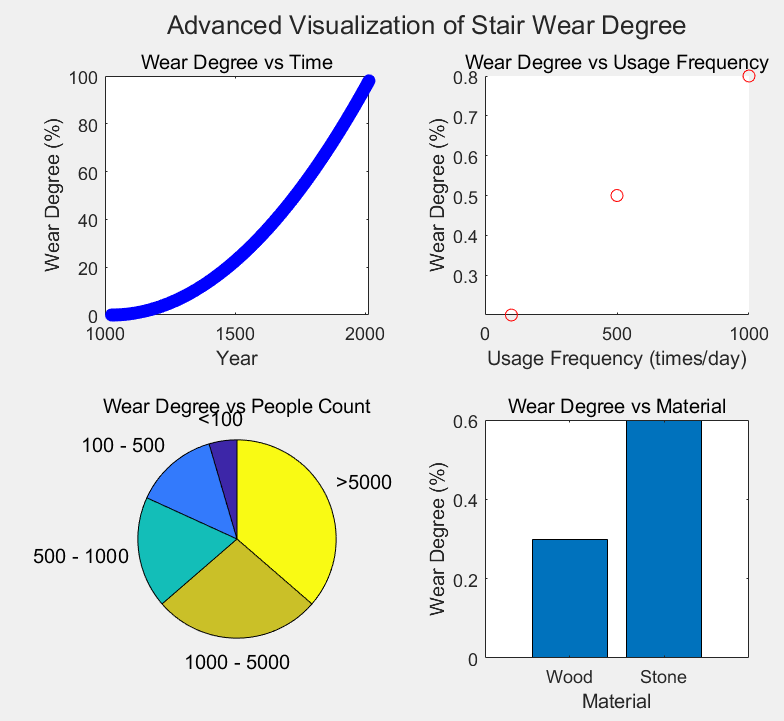
This paper focuses on the research of ancient building staircases, developing multiple models for wear analysis and traffic flow prediction. Firstly, relevant data on wear and traffic flow are collected, including material properties, surface conditions, and the number of staircase users. Model I is based on material mechanics and surface wear theory, constructing W = f (F, D, M) to examine the degree of wear; Model II combines LWR traffic flow and queuing theory, constructing Q = g(ρ, v, lq, tq) to analyze traffic flow; Model III is a PSO model that improves the first two, using the mean square error between predicted and actual data as the fitness function. The results show that the staircase wear model has good explanatory power, the traffic flow model has a high accuracy rate during peak and off-peak hours, and the mean square error of the combined model after PSO optimization is reduced by 30%, with improved fitting performance, providing an important reference for the maintenance, protection, and usage planning of ancient building staircases.

 View pdf
View pdf


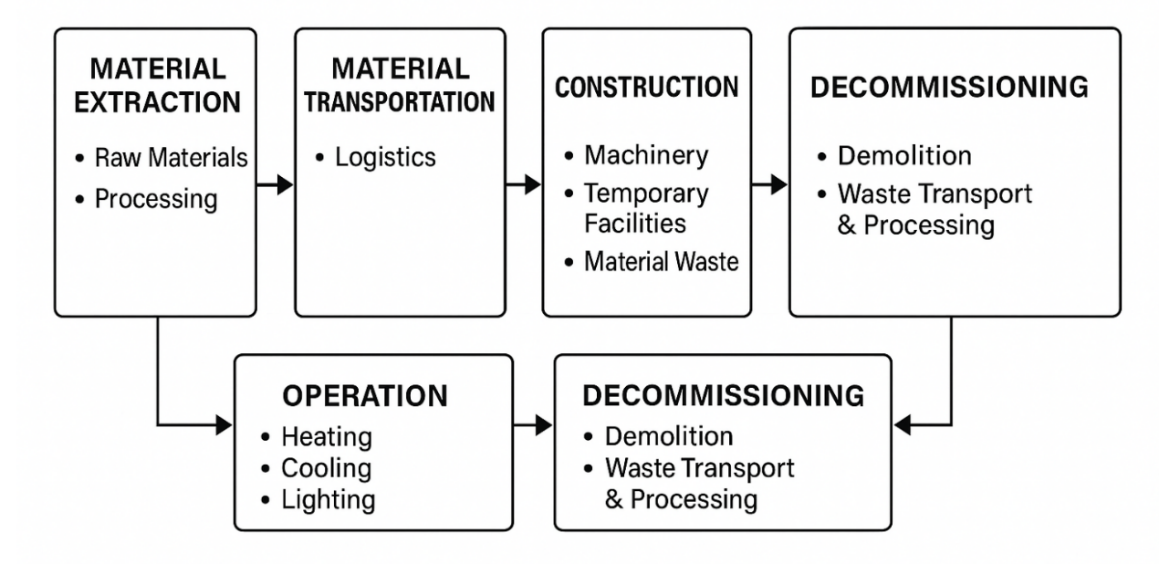
To enable systematic quantification and effective control of carbon emissions in the construction industry, this paper proposes a life cycle-based carbon emission model. Grounded in LCA principles, the model spans four stages: material production, construction, operation, and demolition. It integrates phased accounting with unified aggregation to ensure a closed-loop calculation process. Parameters are derived from the “Building Carbon Emission Calculation Standard” and the China Life Cycle Database (CLCD). Empirical validation on public buildings in Shanghai demonstrates the model’s stability and its ability to identify high-emission stages and optimization opportunities. The model proves applicable to carbon verification, green building evaluation, and full-process carbon management, showing strong practical value and scalability.

 View pdf
View pdf


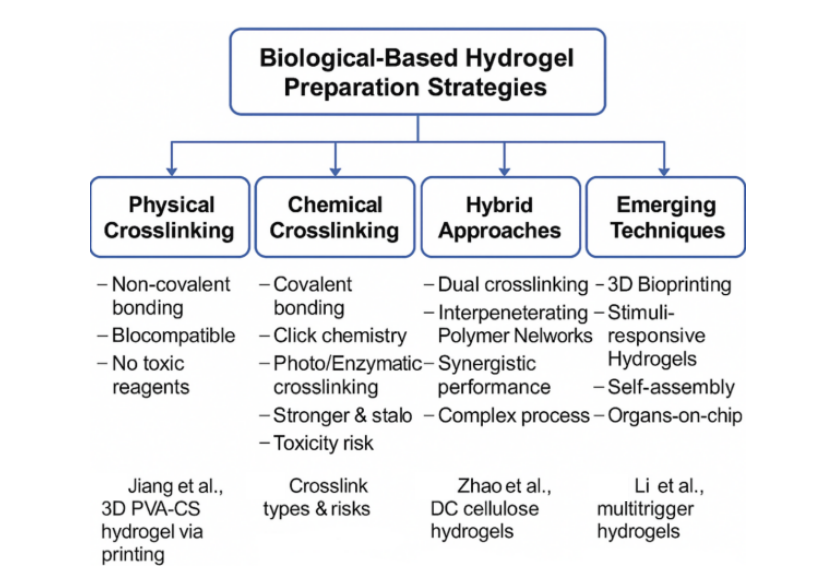
Bio-based hydrogels, derived from natural materials such as chitosan, alginate, gelatin, and collagen, have garnered significant attention for their outstanding biocompatibility and ability to mimic natural tissues. This review examines commonly used preparation methods, including physical, chemical and hybrid cross-linking, along with their primary components, such as polysaccharides and proteins. Owing to their flexibility and responsiveness, these hydrogels are widely used in areas such as soft robotics, cancer therapy and biosensing. However, despite promising advancements, significant challenges persist, particularly regarding their limited strength and stability. Future research should aim to enhance the performance and reliability of these materials to support their integration into complex medical and engineering systems.

 View pdf
View pdf


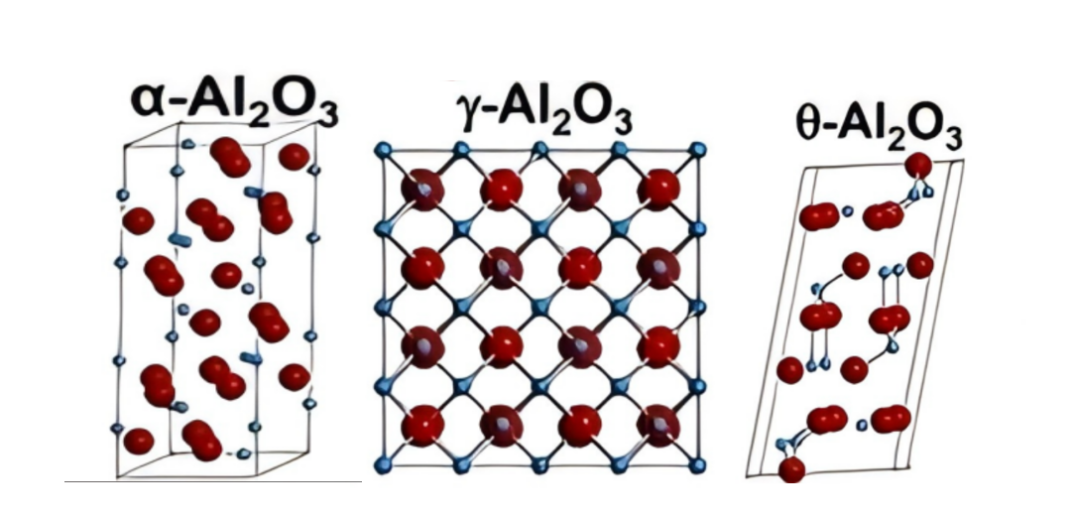
Alumina (Al₂O₃) ceramics have become indispensable materials in the field of electronic substrates due to their excellent thermal conductivity, high insulation, and mechanical stability. This study systematically investigates the atomic bonding, crystal structure, and phase transformation behaviors of Al₂O₃ under various synthesis and sintering conditions. Emphasis is placed on the correlation between phase diagrams and material performance, particularly in relation to impurity control and sintering aids such as MgO. The findings provide a theoretical and practical basis for optimizing the preparation of high-purity α-Al₂O₃ substrates to meet the stringent requirements of modern electronic packaging.

 View pdf
View pdf


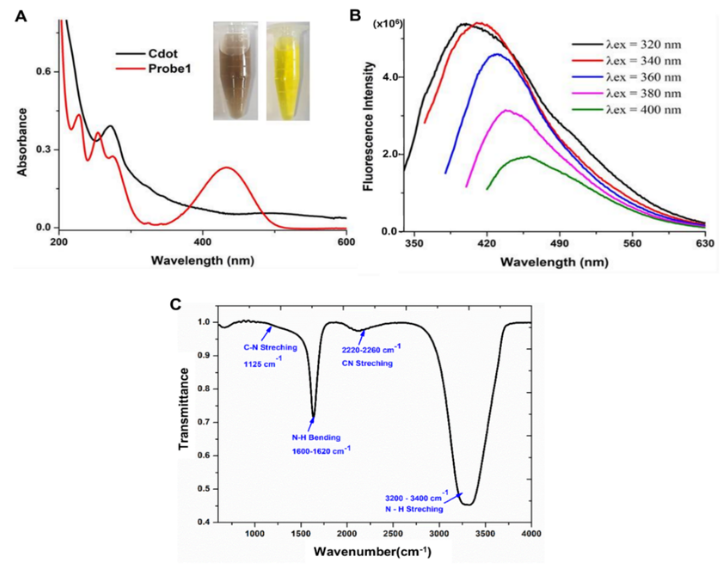
We developed an integrated diagnostic and treatment platform. Near-infrared (NIR) luminescent carbon (CD) dots are embedded in cross-linked polyethylene glycol-sodium alginate (PEG-ALG) hydrogel to achieve synchronous deep tissue fluorescence imaging and targeted chemotherapy. The average particle size of CDs synthesized by hydrothermal method was 3.2 ± 0.7 nm, the quantum yield was 43.5 ± 1.8%, and the emission peak was located at 820 nm under excitation at 760 nm. Peg-alg hydrogels (10 wt% PEG-DA, 2 wt% sodium alginate) formed porous networks (pore diameter 50-150 µm), with a compressive modulus of 18.7 ± 1.2 kPa and a swelling ratio of 325 ± 18% in PBS (37°C). The inclusion of 0.5 wt% CDs reduced the fluorescence intensity by only 8%. The encapsulation ratio of doxorubicin (DOX) was 85.2 ± 3.4%, and the cumulative rejection at 72 hours was 68.4 ± 2.1%. In vitro experiments showed that Hela cells took up CDs up to 22,400 ± 1,230 c.u. /10⁴ cells (free CDs were 4,100 ± 320 c.u.) and penetrated 4.5 mm into 3D spheres. In the in vivo experiment, the FA-CD-hydrogel /DOX reached peak tumor fluorescence at 6 hours and inhibited the growth of MCF-7 xenograft tumors by 48% within 21 days (free DOX was 14%). This platform provides a highly biocompatible and targeted specific solution for image-guided local chemotherapy.

 View pdf
View pdf



In this study, a directed evolution-driven multi-enzyme cascade system was constructed to achieve efficient semi-synthesis from β-keto acids to chiral (R)-β-hydroxy acids. Through three rounds of directed enzyme modification: ketone reductase (KRED), epoxide hydrolase (EH), and carboxylic acid ligase (CAL) were subjected to random mutagenesis, high-throughput screening, and recombination, respectively, to obtain the mutants KRED-E23, EH-M12, and CAL-F45. Under the same reaction conditions, the catalytic efficiency was increased by 3 to 5 times. In the one-pot reaction at pH 7.5 and 25℃ of this optimized system, the conversion rate of 2-oxo-4-methylvaleric acid to the target product reached 95.2 ± 1.1% within 4 hours, and the enantiomer excess value was 99.4 ± 0.2%. When scaled up to 1 liter, it maintained a high conversion rate (93.7%) and chiral purity (98.9%), obtaining 9.37 grams of product, with a spatio-temporal yield of 2.34 grams · liter ⁻¹ · hour ⁻¹. This achievement proves that the combination of directional evolution and cascade design can efficiently prepare high-value chiral blocks under mild conditions. The modularization and robustness of the system constitute a new platform for the industrial production of complex three-dimensional molecules.

 View pdf
View pdf



